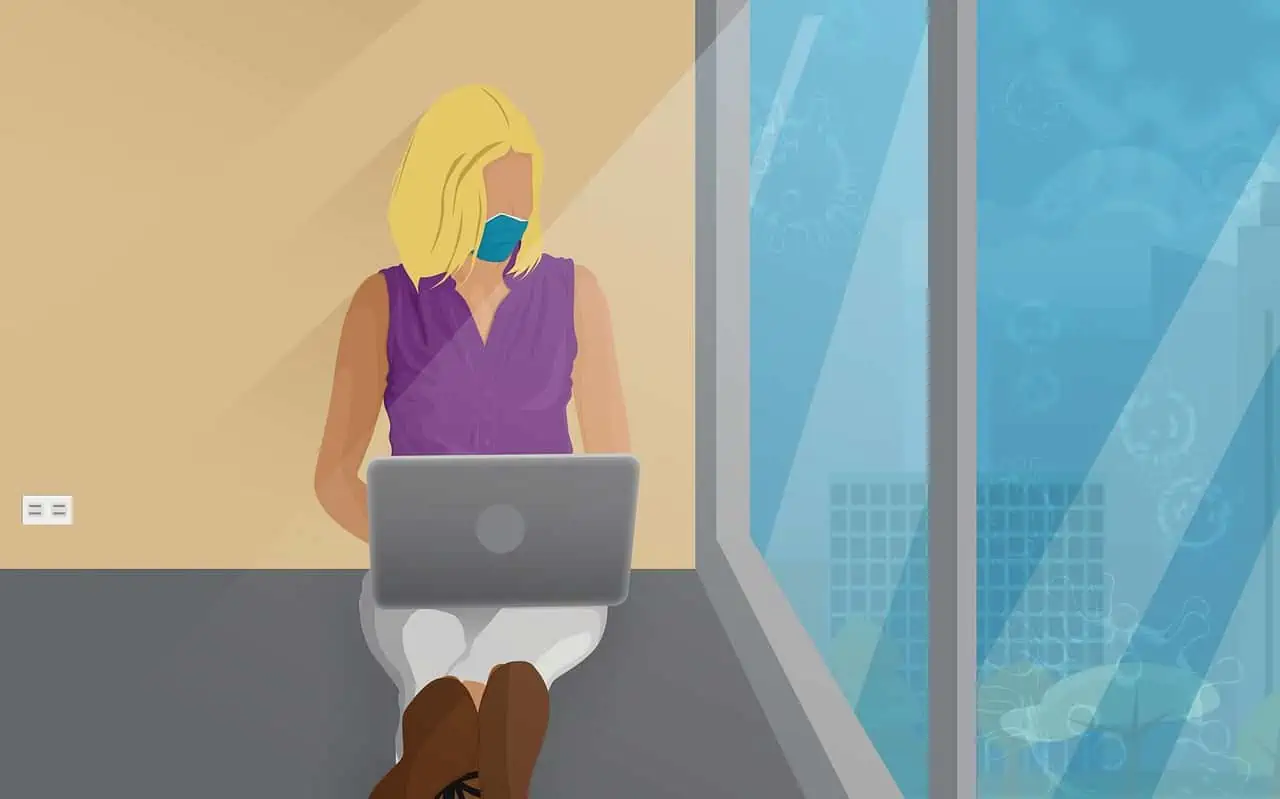In response to the unprecedented shift towards remote work prompted by the COVID-19 pandemic, the Canada Revenue Agency (CRA) has introduced new guidelines regarding tax deductions for Canadians who have been working from home. These work from home expenses and tax deduction guidelines aim to provide relief to individuals who have incurred additional expenses due to their remote work setups. Understanding these tax deductions and how to maximize them can significantly benefit taxpayers.
In this blog post, we’ll shed insight into the details of these new guidelines and provide insights into how Canadians can take full advantage of home office expenses for 2023-2024.
Maximizing Tax Deductions: New CRA Work From Home Guidelines for Canadians in 2024
The CRA recognizes that many Canadians have had to adapt to working from home over the past couple of years. To address the unique expenses associated with remote work, the CRA has introduced simplified methods for claiming home office expenses. These new guidelines offer two distinct options for claiming deductions:
- Temporary Flat Rate Method: Under this method, eligible employees can claim a flat rate of $2 for each day they worked from home due to COVID-19, up to a maximum of $500 for the year. This method is straightforward and does not require the maintenance of detailed records or receipts.
- Detailed Method: Alternatively, taxpayers can choose to claim home office expenses using the detailed method. This approach allows individuals to claim a portion of their housing-related expenses, such as rent, utilities, and maintenance costs, based on the proportion of their home used for work purposes. While this method requires more documentation and record-keeping, it may result in higher deductions for those with significant home office expenses.
Here’s what you need to know about Home-office Expenses:
- Flat rate deductions are out – In the past, you could claim a flat rate deduction for your home office expenses. But for the 2023 tax year, you’ll need to track your actual expenses.
- Keep those receipts! If you want to claim your home office expenses, you’ll need to have the receipts to prove it. So start saving those receipts for rent, utilities, furniture, and office supplies.
- Prorate your expenses – Not all of your home office expenses are claimable. You’ll only be able to deduct the percentage of your home office space that you use for work. For example, if your home office takes up 10% of your total living space, you can only claim 10% of your home office expenses.
- Get a T2200 form – To claim your home office expenses, you’ll need a T2200 form signed by your employer. This form verifies that you were required to work from home and that you have a dedicated workspace in your home.
Claiming work-from-home expenses in 2024 can be a great way to reduce your tax bill. But it’s important to make sure you meet the eligibility criteria and that you have the documentation to support your claims.
Eligibility Criteria for Work From Home Tax Deduction
To qualify for the work-from-home tax deductions, individuals must meet certain criteria set forth by the CRA:
- For Employees: Only employees who were required to work from home due to the COVID-19 pandemic for at least four consecutive weeks in 2023 or 2024 are eligible to claim these deductions.
- Principal Place of Work: The home office must have been the primary place of work for the individual during the period they were required to work from home.
- Form T2200S: Employers are required to provide their employees with a completed Form T2200S or a similar statement confirming their eligibility to claim home office expenses.
Maximizing Your Deductions:
To maximize your deductions under the new CRA guidelines, consider the following tips:
- Keep Detailed Records: If you choose to use the detailed method for claiming deductions, it’s crucial to maintain accurate records of your home office expenses. Keep receipts for expenses such as rent, utilities, internet bills, and office supplies.
- Calculate Proportions Carefully: When calculating the proportion of your home used for work purposes, consider factors such as the square footage of your home office relative to the total living space. Be sure to exclude areas used for personal purposes, such as bedrooms and living rooms.
- Claim Other Eligible Expenses: In addition to home office expenses, you may be eligible to claim other work-related deductions, such as vehicle expenses for business travel, professional development courses, and eligible supplies.
- Seek Professional Advice: Tax laws and regulations can be complex, especially regarding work-from-home deductions. Consider consulting with a CPA tax accountant who can provide personalized advice based on your individual circumstances and help you maximize your deductions while ensuring compliance with CRA guidelines.
Final thought:
The new CRA guidelines for work-from-home tax deductions provide much-needed relief for Canadians who have transitioned to remote work during the COVID-19 pandemic. By understanding the eligibility criteria and maximizing tax deductions through the temporary flat rate method or detailed method, taxpayers can reduce their tax burden and make the most of their remote work arrangements.
As always, it’s essential to stay informed about changes to tax laws and seek professional advice when necessary to ensure compliance and maximize deductions effectively.
With more than two decades of experience, Reshma Sharma is a Chartered Professional Accountant with expertise in accounting, tax, succession planning, and estate planning. Get in touch today.






